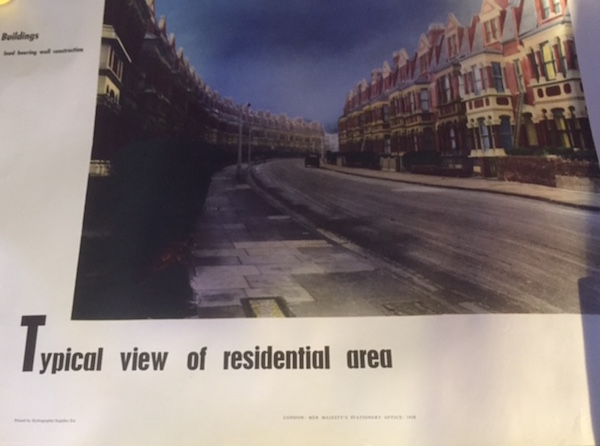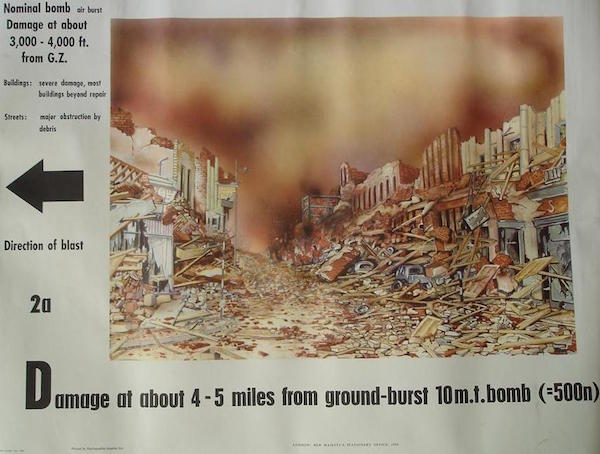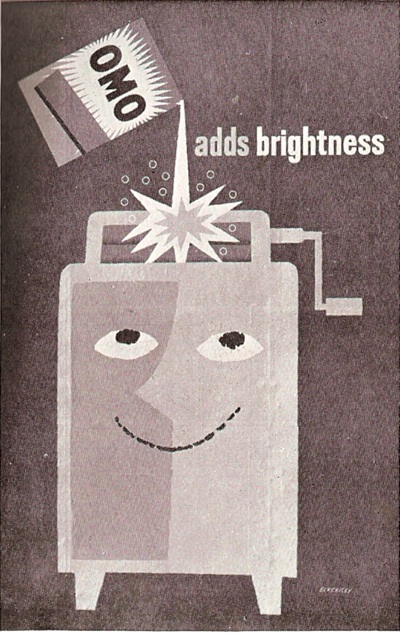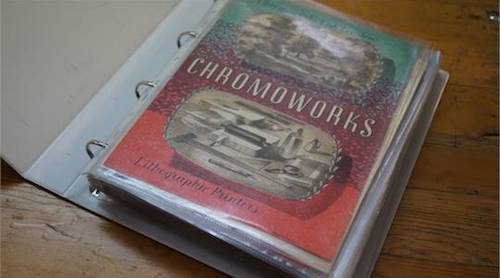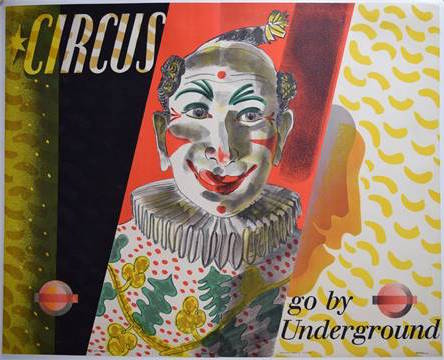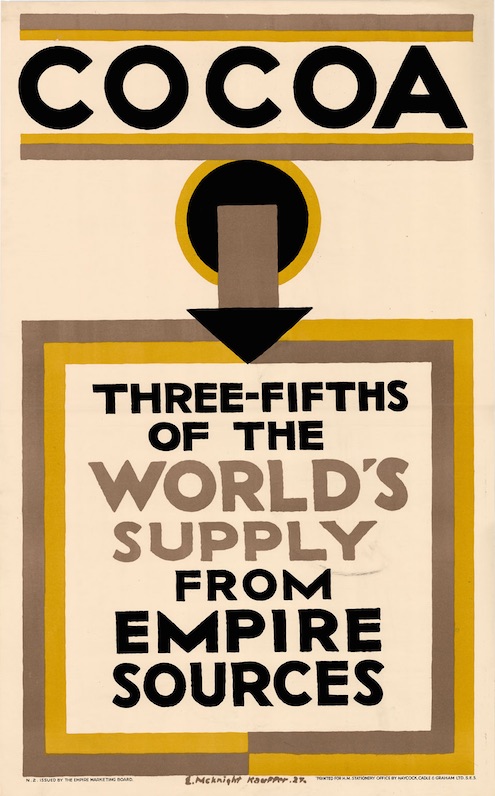It’s not you, it’s me. Or maybe it’s them.
Even the least attentive people will have noticed a slight absence of content on Quad Royal recently.
A fair amount of this is because my brain has been tangled up in other things, like hoarding and the world of objects in general, as opposed to the tiny sub-set of that constituted by British posters and their designers.
Now that the book has gone out into the world, I have moved on to wrestling with a whole mess of thoughts to do with paths, grass, chalk landscapes and Julian Cope, along with how we think of ourselves as British.
And yes, I know what you’re thinking and right now it doesn’t make much sense to me either. But I live in hope that it might yet turn into a communicable idea. Perhaps.
None of this has left much time or spare head space for thinking about posters, but equally, whenever the guilt overwhelms me and I think I should write something, I don’t know what to say. And I don’t think this is entirely my fault.
Some of it undoubtedly is the result of all my other distractions, and some of it is down to circumstances. The more posters and poster-related stuff I see, the less chance there is of something new and surprising turning up.
At the same time – and I’d be interested to see what the rest of you think about this statement – I think there is a shortage of new and surprising posters out there for me. To my mind it feels as though, more and more, auctions are choosing safer and more predictable posters: so pictorial railway images and London Underground bankers are doing well. World War One posters, thanks to the centenary, are staple auction fodder (although I don’t think I’d ever give one houseroom myself) and World War Two propaganda seems to have settled in as a regular as well.
But again, what this means is that the same posters turn up over and over again, while the more niche ones seem to have disappeared entirely.
There are some practical reasons why this might be happening. Back when we started buying posters, by far the most interesting sources were usually when designers either died or downsized, and their own collections came on the market. Inevitably that has pretty much come to an end – although over the last year or so a whole cache of works by Clifford and Rosemary Ellis appeared across a selection of sales.
They’d both died twenty or more years ago, so I am guessing that these had been handed down once already.
Designers seemed to have a habit of not only collecting their own stuff but also the work of other designers that they admired, and in the past this was one of the ways in which some of the more interesting and rarer posters I’ve seen have come up for sale.
On top of this, though, I also think that the market itself has changed. Obviously, offering tried and tested posters which you know are going to sell is a pretty good way to make money if you are an auction house, so I can’t blame them for what they’re doing. Stick with the familiar and nothing will go wrong.
But what’s failed to happen – and I have to say that I am fairly disappointed in this – is for other, newer markets to emerge. Specifically, people don’t seem to be interested in buying the modern post-war posters which I love possibly above all others.
When I first started writing this blog, the work of Hans Unger, Tom Eckersley, Hans Schleger and Harry Stevens would pop up regularly in amongst the other, more usual, offerings. But now this doesn’t happen very much at all.
I really don’t understand why this is happening. We live in a world where all the dark brown furniture of our parents and grandparents has been cast to one side in favour of Danish teak and Ladderax; every furniture shop is full of pastiches of 1950s contemporary armchairs, and reproduction fabric prints of the time are available in even the smallest of fabric retailers. And yet no one, it seems, wants the posters. Their worth is, at best, the same as it was six or eight years ago. And it’s all wrong. But nonetheless, it is.
Mr Crownfolio has a theory that there were never that many of these posters available in the first place, a first wave of interest flushed them out into the market place and auction house and now they are all in the hands of people who love them and don’t want to sell them on (and we can possibly plead guilty to this). So it’s only the less desirable posters which come back onto the market.
It’s certainly a more cheery thought process than mine. Really, though I have no idea – and this is very much an introductory set of thoughts, so if anyone has any better ideas, or actual experience of what is going on, please do say.








